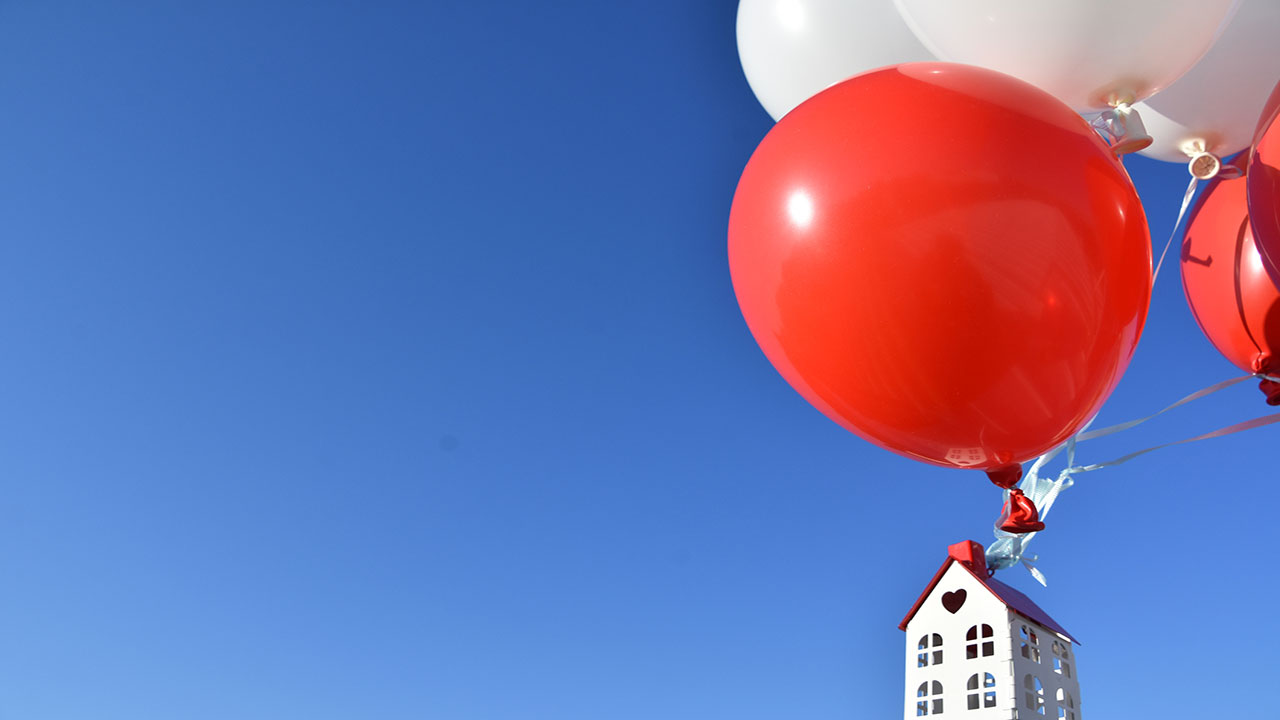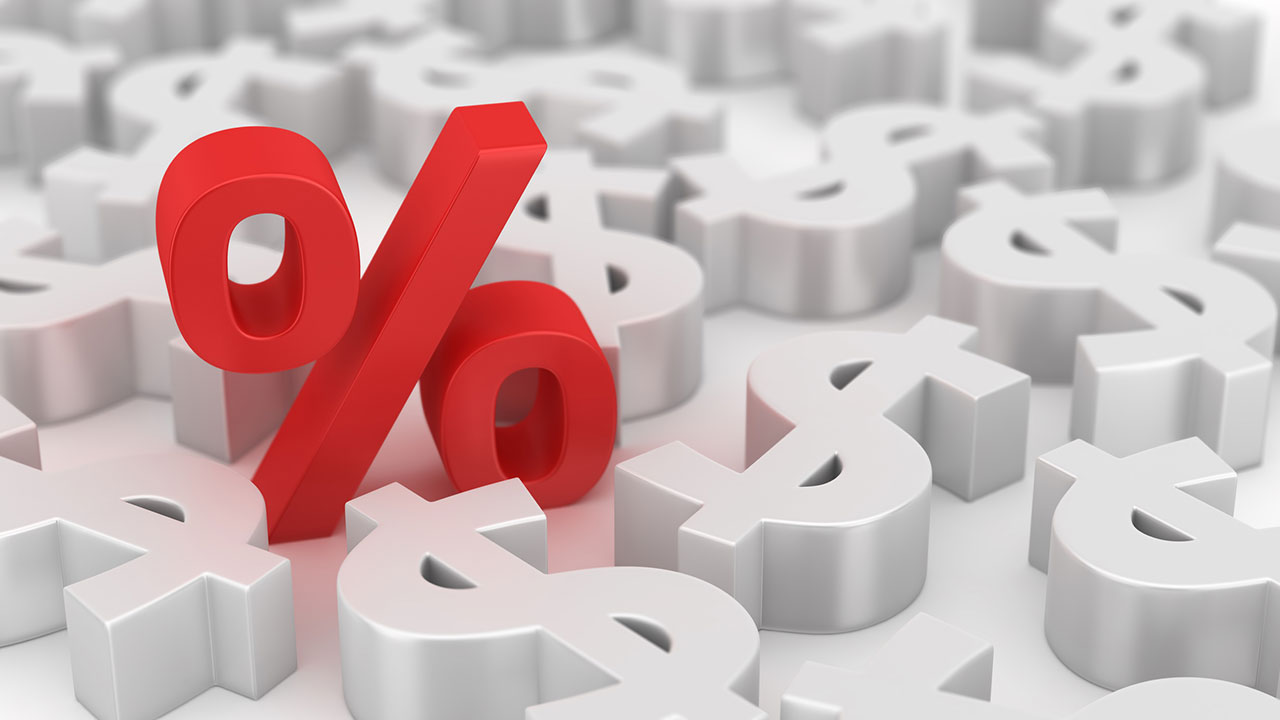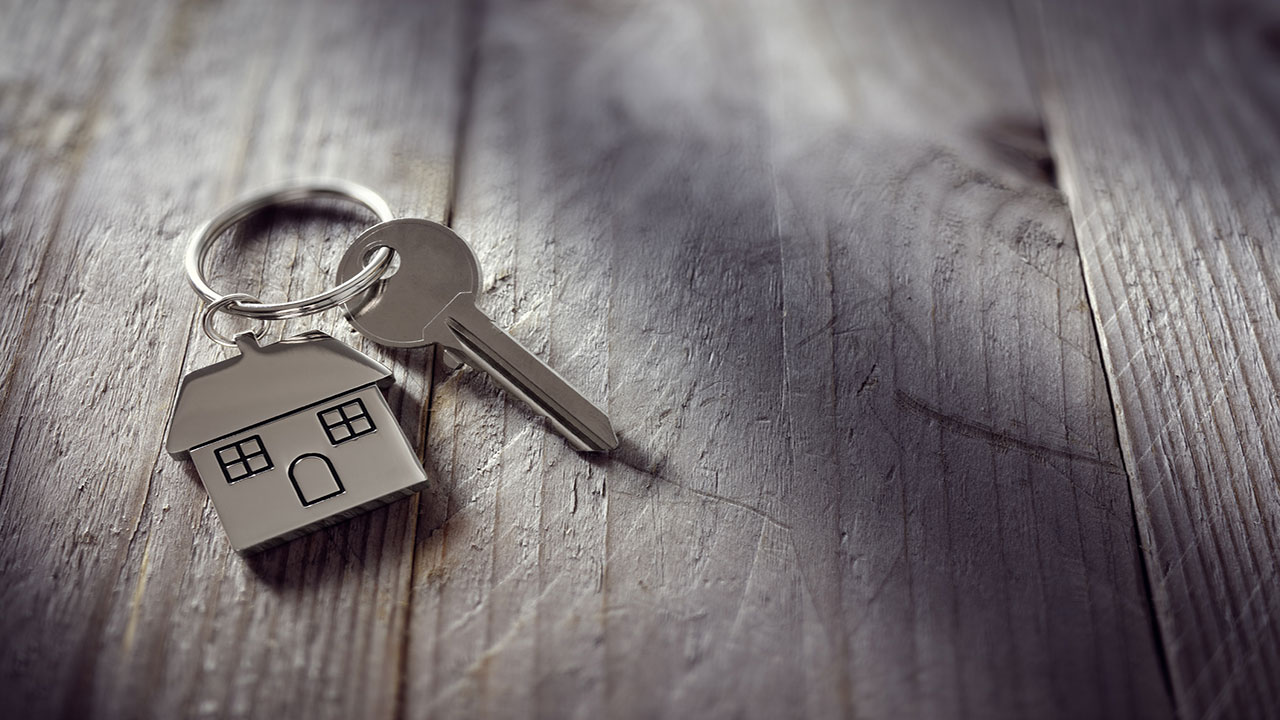What Are the Signs of a Housing Bubble?

With housing prices as high as they’ve ever been in California, many have been wondering if we’re in the middle of a housing bubble.
But what exactly is a housing bubble and what are the telltale signs that we may be in one right now?
What is a Housing Bubble?

A real estate bubble occurs when people make purchasing decisions based on emotions and even fear rather than actual economic data. Buyers get caught up in the excitement of the environment, and when they see prices continue to spike, they rush to buy in order to get in before prices climb even further.
As more and more buyers get into the market while housing prices increase, many buyers find themselves extending themselves much too far financially. If and when the bubble bursts, prices, and demand drop, leaving many homeowners underwater on their mortgages and facing foreclosure. That’s exactly what happened to millions of buyers back in 2008 when the bubble finally burst.
Here are some signs of a real estate bubble to help you determine where you stand in the housing market today.
Home Prices Are Skyrocketing
The first thing that people may notice that can cause them to worry about whether or not a housing bubble is in the works is fast-rising prices. This is particularly concerning if prices are rising much faster than salaries, making mortgages a lot more difficult to afford.
Many markets across the state – and the country – are currently seeing prices as high as they’ve ever seen. And with wages not necessarily matching such price hikes, many wonder if we’re truly smack dab in the middle of a bubble that will eventually burst. When property values are far exceeding the ability of the market to handle such prices, a real estate bubble may be growing.
That said, it’s possible for the bubble to be contained as long as mortgage lenders keep their lending criteria tight.
City centers tend to be the places where housing bubbles are focused on, so buyers who are looking to get into the market right now may want to consider looking in the suburbs and outskirts where there are still opportunities to buy at lower prices and realize appreciation over time.
Interest Rates Increase

We’ve seen historically low interest rates for a while now, which has made mortgages much more affordable for buyers. But such low-interest environments can set the market up for a bubble, because once rates rise, homeowners who’ve stretched themselves out way too far and took out high-ratio loans can quickly find themselves struggling to make their mortgage payments.
Even if rates increase by a fraction of a percentage point, that can translate into an extra few thousand dollars that they’ll have to pay towards the interest portion of their mortgage, which can be just enough to put them over the edge.
Rising interest rates can also affect buyers who haven’t yet entered the market. As rates start to rise, homebuying suddenly becomes out of reach for many, keeping more and more buyers out of the market. That’s why a rise in interest rates tends to slow demand for housing, which can affect all those who have already purchased at sky-high prices and mark the end of a real estate boom.
Risky Loans Are More Commonplace
Back in the early to late 2000’s, subprime mortgage lending became increasingly common. Lenders were approving mortgages to subprime borrowers who may or may not have been as financially sound as they should have been in order to support a huge mortgage. Lending criteria was lax and borrowers were getting approved for high-ratio mortgages that stood on shaky ground.
By 2008, millions of foreclosures occurred specifically because of subprime lending. Even the slightest increase in interest rates or dip in housing prices could send these borrowers into a tailspin, which is precisely what happened to many.
Even the government is backing up home loans that may be risky, especially those that require a very low down payment amount less than the 5% required for conventional mortgages.
Overleveraging With Home Loans

Leveraging refers to the amount of debt you take out in relation to the amount of equity it will provide you with. It simply involves borrowing money – such as with a mortgage – in order to purchase something of value – like a house – to realize a return on investment.
This practice has allowed countless investors to build incredible wealth and continues to be depended on for such purchases. Imagine you’ve got $200,000 in cash to spend. Rather than buying a small condo for $200,000, you can use that same money as leverage to purchase a larger, more expensive piece of property that is expected to appreciate in value over time. That way you can expand your investment.
But a housing bubble can easily occur when buyers leverage to the max. Coming up with a tiny down payment relative to the purchase price and value of the property will mean you’ll have to borrow more. Housing bubbles always involve a ton of leverage.
When buyers financially max themselves out to purchase a home in a sizzling real estate market with very little money down, this can lead to major trouble in the near future. When prices finally start to plateau and even decrease, many homeowners can wind up with negative equity in their homes.
If a market is overloaded with leverage, that may be a good sign of a housing bubble.
The Bottom Line
While there are certainly signs of a housing bubble, it can still be tough to know for sure whether one exists. And if it does, it’s equally difficult to decipher if and when it will burst. Before you make a move in the housing market, be sure to consult with an experienced real estate professional who will be able to guide you and provide you with sound advice about buying or selling.